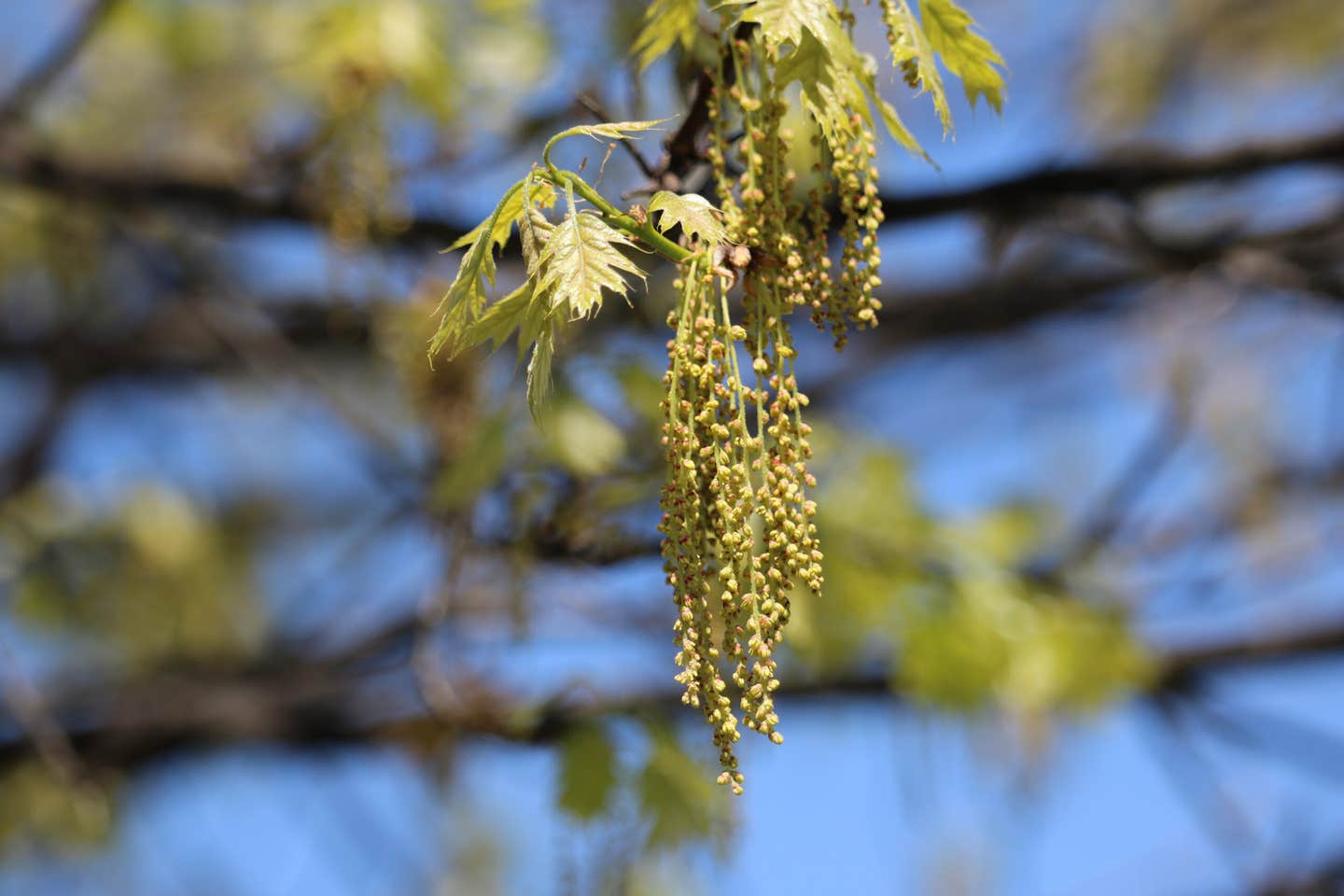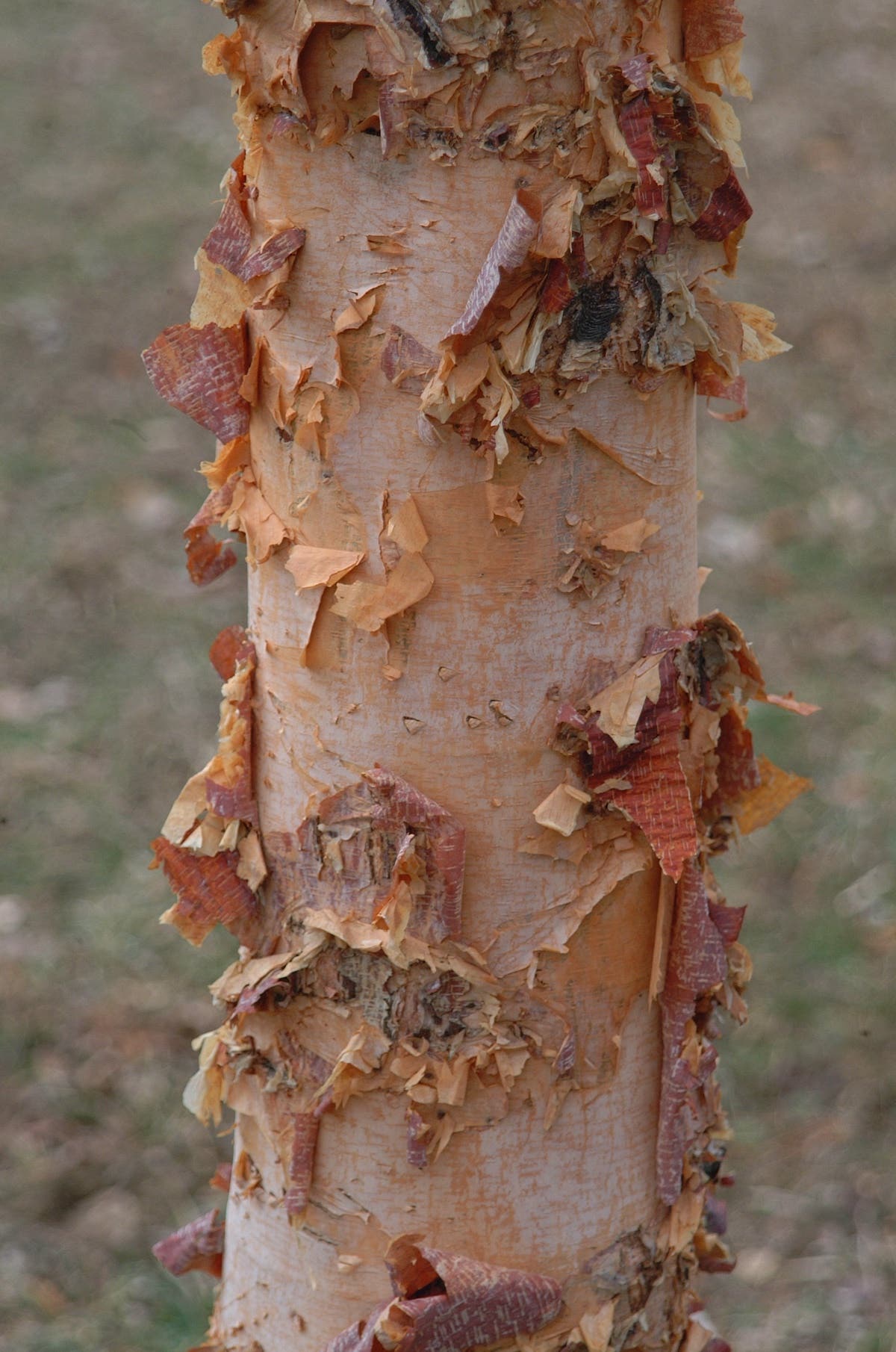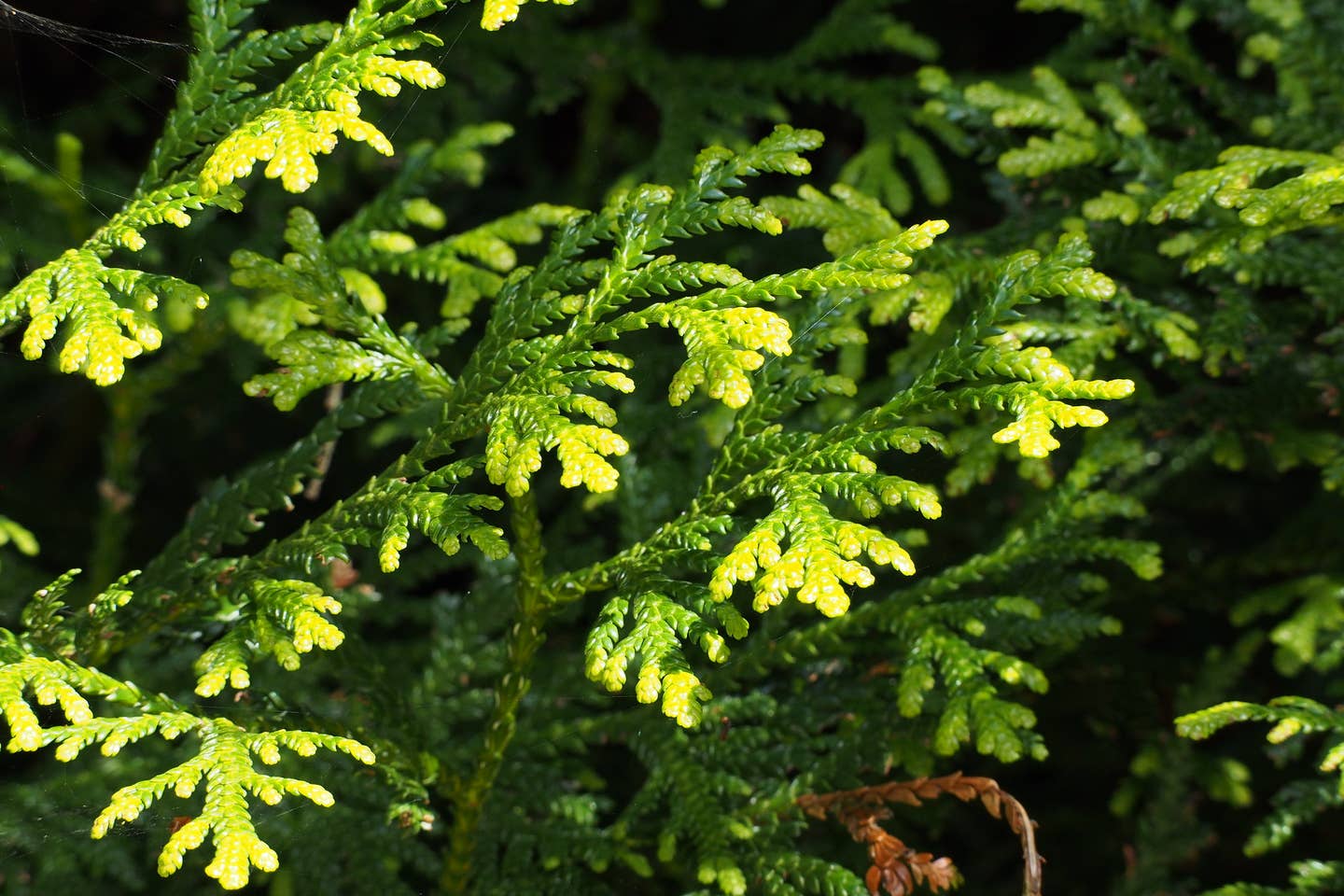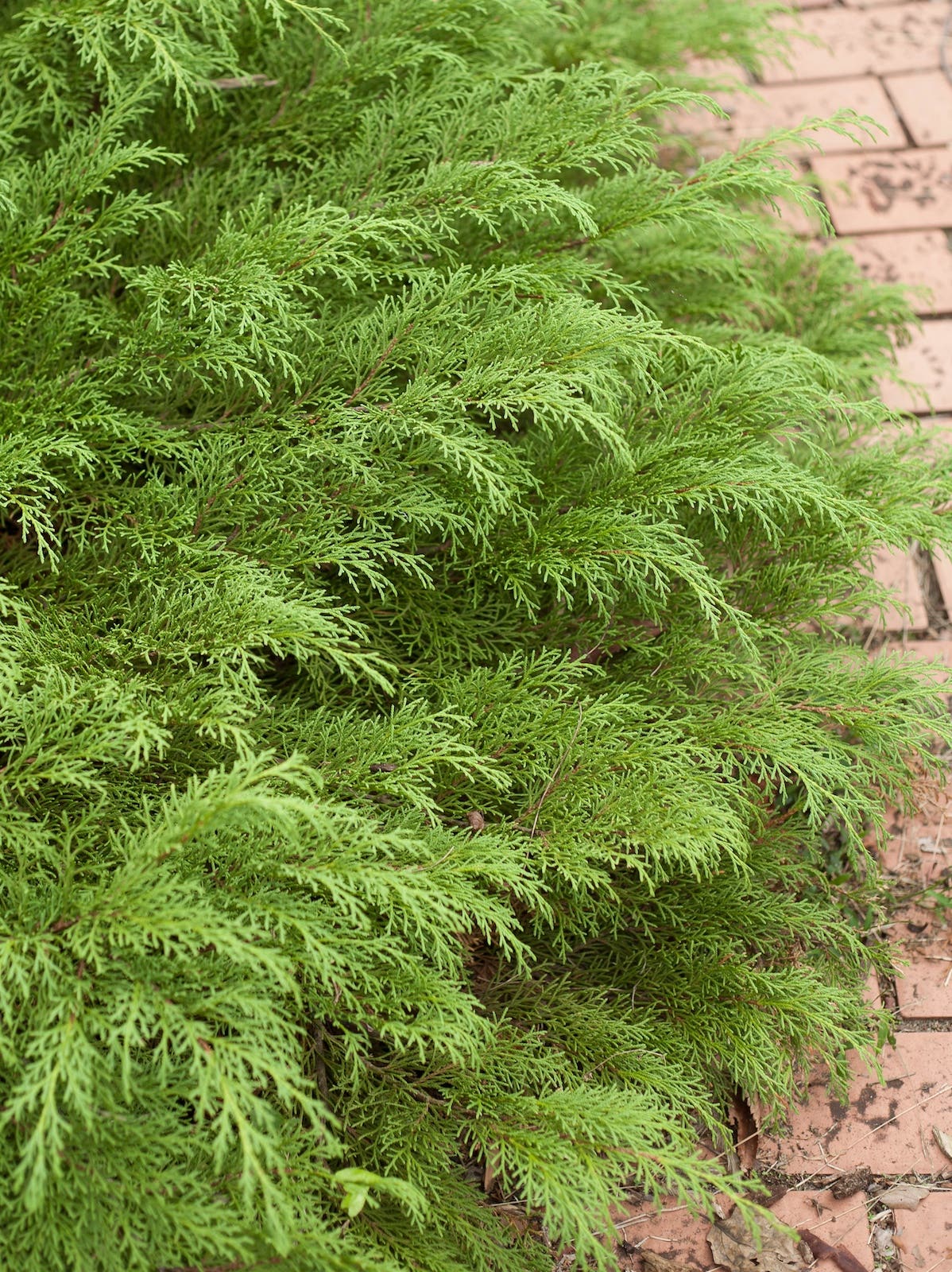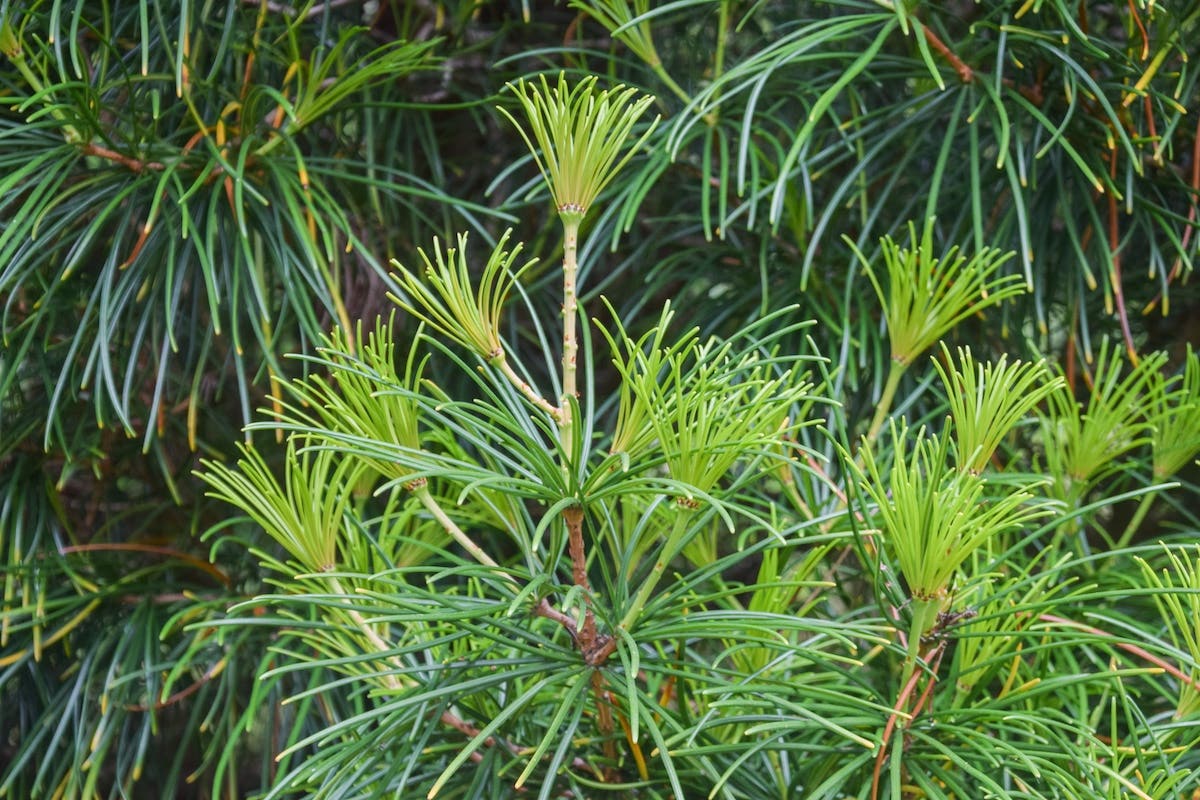Seeding a New Lawn
A SOFT PATCH OF LAWN provides a needed place for families and pets to sit and play as well as an agreeable foil to colorful borders. If your old lawn is worn and weedy, or you are putting in a new lawn, autumn is a perfect time of year to sow grass seed. . . .
When you're establishing a new lawn or replacing an existing one, laying sod offers instant gratification, but it comes at a significant cost. Though seeding may seem like a challenge, the personal satisfaction and money saved (especially if you're planting a large area) are well worth the effort. The four main factors to consider when seeding your lawn are timing, climate, soil conditions, and the type of grass to grow. In the northern United States, the optimum time for planting is in the fall, at least six weeks before frost, when the competition from annual weeds is at its lowest and fall rains ensure proper germination and establishment. In the South, cool-season grasses like tall fescues or Kentucky bluegrass should be sown in early fall, while warm-season grasses like common Bermuda grass and centipede grass should be sown in late spring. Regardless of your climate and location, take a moment to consider your soil conditions as well—grass requires a well-drained soil with good water-holding capacity and a neutral pH (close to 7.0), so be sure to remedy any problems before attempting to sow the seed. Your climate and the availability of light will greatly influence the type of seed you choose, as will your intended use for the lawn. In an area of high foot traffic, the coarse-bladed varieties like the tall fescues will perform best, but for an ornamental lawn, fine-bladed varieties such as bentgrass or perennial ryegrass will give you the luxurious green carpet you desire. You can also find drought- and pest-resistant grass seed, as well as blends suited to shadier sites. Most important, be sure to purchase high-quality seed—read the label carefully to see whether it's made up of named cultivars rather than a generic mix, and make sure the germination rate is above 85 percent.
1. Remove sod and weeds If you're replanting an existing lawn, use a sharp spade or mechanical sod stripper (see inset) to remove the existing sod (whether it's alive or dead) and add it to your compost pile. The seedbed will be too rough if you try to incorporate the sod into the soil. In a new area, clear away weeds, rocks, and any other debris to create a clean, level surface.
2. Prepare the seedbed Use a garden fork or rototiller to loosen the soil, and spread organic matter such as compost, manure, or leaf mold over the area. Add a fertilizer that is high in phosphorus (according to the recommendations on the bag) to encourage good root development, or choose an organic amendment that will supply adequate nutrients. Incorporate these materials into the top six inches of soil with a tiller or by hand, and then rake lightly in one direction to smooth the surface and create furrows for the seed.
3. Sow seed You can prepare the seedbed ahead of time, but be sure to plant on a calm, windless day. Spread the seed by hand or with a mechanical seeder, scattering half of the seeds as you walk lengthwise across the bed, and the remainder as you proceed crosswise. Rake lightly, burying the seed an eighth to a quarter of an inch deep, and cover with a thin layer of mulch, such as straw or an old piece of row cover, to help retain moisture and deter birds. Go over the area with a roller to firm the seedbed and encourage seed contact with soil and moisture.
4. Care Water thoroughly, soaking the top six inches, and keep the soil moist until the lawn becomes established. More than any other factor, the amount of available moisture will greatly influence the vigor of your new lawn. Water for 5 to 10 minutes, by hand or using a sprinkler, two to three times a day. Once the grass begins to grow, decrease the frequency of irrigation, but increase the amount of water applied each time-longer, deeper watering is the key to a lush lawn. Supply one inch of water per week, in two to three doses on separate days. When the grass gets to be about two inches high, you can begin mowing. For the first few cuttings, it's wise to bag your clippings so that they won't smother any new seedlings. Mow with caution, making sure that your blades have been sharpened to avoid tearing your new lawn.


